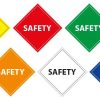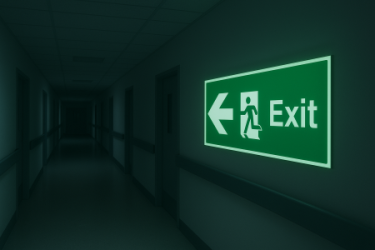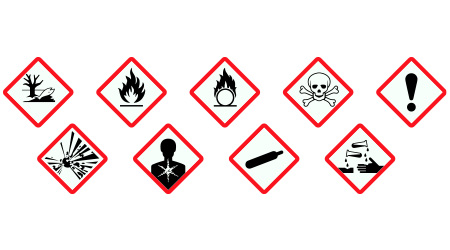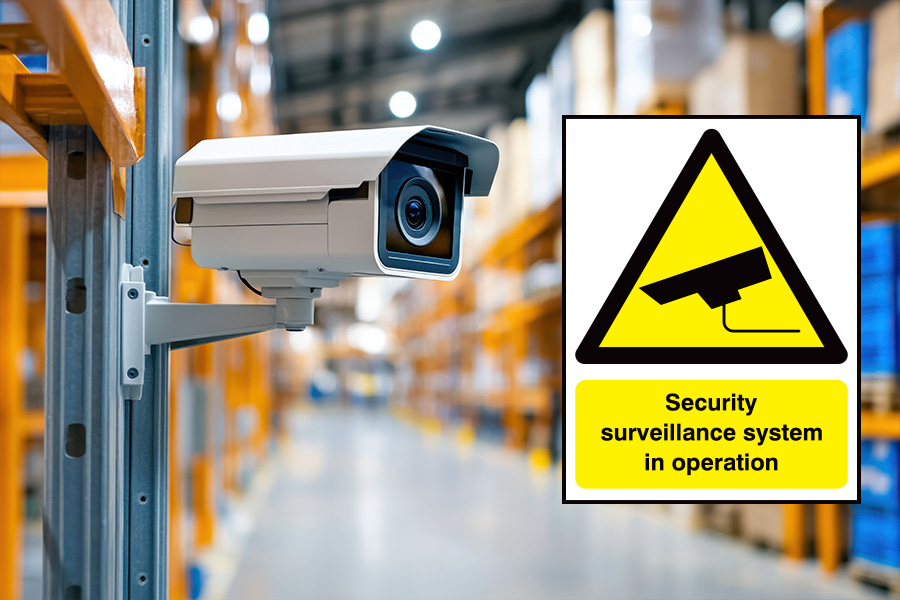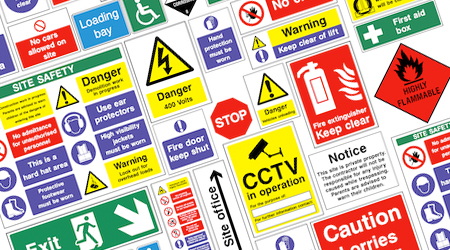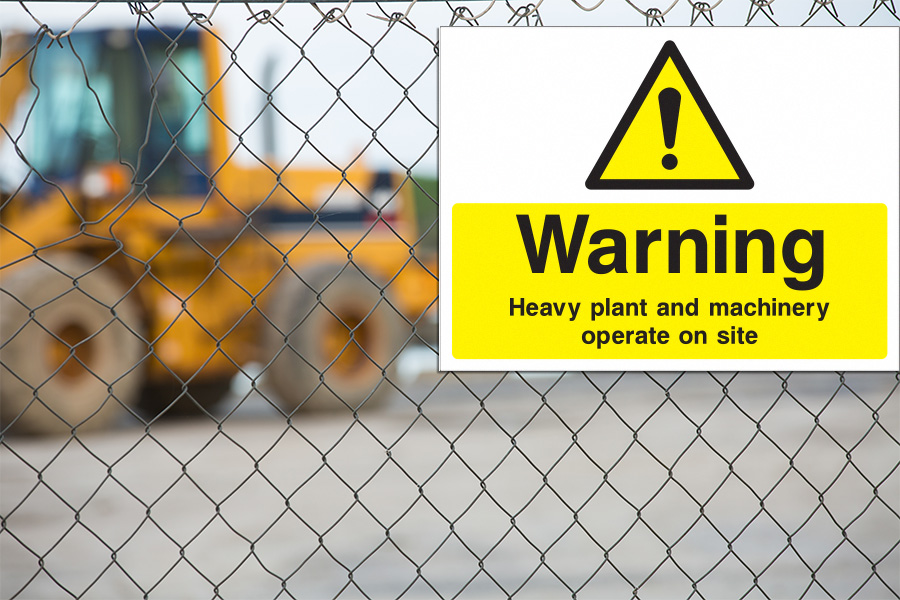Categories of Fire Signage
Fire safety signs are an essential part of fire safety measures in any building, facility or workplace. They are designed to provide clear and visible information on the location of fire safety equipment, emergency exits, and escape routes, as well as to indicate any hazards or dangers related to fire safety. In the United Kingdom, there are several categories of fire safety signs that businesses, organisations, and individuals need to be aware of to ensure compliance with UK legislation and safety regulations. You can download the UK government’s online document from this link – Way Finding Signage (Regulation 8). In this blog post, we will explore these categories in detail. We will study categories of fire signage in this article.
1. Fire Exit Signs
The first category is the Fire Exit Signs. These signs are designed to guide individuals to the nearest available emergency exit in the event of a fire. They must be displayed in clear view and be illuminated at all times, regardless of the time of day or night. This is to ensure that individuals can easily identify the location of the exit, even if visibility is poor due to smoke or other factors.
There are several subcategories of Fire Exit Signs that businesses and organisations should be aware of, including:
Emergency Exit Signs

Exit Sign Running Man Right Arrow
Emergency Exit Signs are used to indicate the direction of the nearest exit in case of an emergency. These signs must be placed at eye level and be visible from a distance of at least 20 meters.
They are critical in buildings as they lead individuals towards the nearest exit in the event of an emergency. They must be positioned in a clearly visible location, such as above the door, and be illuminated to ensure that they are visible in low-light conditions.
In the United Kingdom, the Health and Safety (Safety Signs and Signals) Regulations 1996 provide guidance on the types of emergency exit signs that should be used in various settings. These are categorised based on usage, colour and shape.
The standard colour for a way-finding sign in the UK is green, which is easily distinguishable from others. The shape is a rectangular panel with the running figure of a person in white or black. The running person is always positioned towards the exit, indicating the direction of escape.
In addition to the standard emergency exit signs, there are also specialised signs that may be used in specific situations. These signs include:
- Fire exit signs: These signs indicate a specific emergency exit that should be used in the event of a fire. They are marked with the word “Fire Exit” in white or black lettering on a green background and an arrow indicating the direction of the exit.
- Push bar to open signs: These signs are used to indicate that a door must be opened using a push bar. They are marked with the words “Push bar to open” in white or black lettering on a green background.
- Escape route signs: These signs are used to indicate the direction of an escape route. They are marked with the word “Escape” in white or black lettering on a green background and an arrow indicating the direction of the route.
- Refuge point signs: These signs indicate a safe area for individuals to wait for assistance during an emergency. They are marked with the word “Refuge” in white or black lettering on a green background.
It is important to ensure that all are regularly maintained to ensure that they remain visible and legible. Signs should be checked for damage, fading, and incorrect positioning and replaced if necessary.
In summary, emergency exit signs are a vital component of building safety and should be clearly visible and easily recognisable. They must be maintained to ensure they remain visible and effective in an emergency.
Fire Exit Signs
These are used to identify the nearest escape route in case of a fire. They must be placed along the escape route and clearly indicate the direction of travel to the nearest exit. Fire exit signs are designed to identify the quickest and safest way to leave a building in case of a fire. They should be placed in areas that lead to the exit, such as hallways and staircases, and should always be visible and unobstructed.
Fire exit signs must conform to BS 5499-4 and be green and white in colour. The word “EXIT” should be prominently displayed on the sign, and an arrow indicating the direction of the exit should also be present. These signs should also be illuminated and visible even in the dark.
Fire exit signage is a crucial component of fire safety in any building. They are designed to guide occupants to a safe exit in case of a fire or other emergency. Fire exit signs are used to indicate the direction of the nearest exit and provide clear instructions on how to reach it. These signs are typically green and white, as these colours are easily distinguishable and associated with safety.
In the United Kingdom, fire exit signs are required by law under the Regulatory Reform (Fire Safety) Order 2005. This legislation mandates that all commercial and public buildings have clear, well-lit fire exit signs that are easily visible to all occupants. It is the responsibility of the building owner or manager to ensure that fire exit signs are installed and maintained properly.
Fire exit signs can be divided into two categories: standard and photoluminescent. Standard fire exit signs rely on a power source, such as electricity, to remain illuminated. They are typically used in buildings where there is a steady power supply, such as offices and retail stores.
Photoluminescent fire exit signs, on the other hand, do not require an external power source. They are made from materials that absorb light during the day and release it slowly over time, providing a source of illumination in the event of a power failure. These signs are typically used in buildings where a steady power supply cannot be guaranteed, such as hospitals and high-rise buildings.
There are also different types of fire exit signs, including:
- Arrow signs: These signs feature an arrow pointing in the direction of the nearest exit.
- Door stickers: These are placed on the actual doors of the emergency exits and indicate that the door leads to a fire exit.
- Running man signs: These signs depict a running figure and are designed to provide clear guidance on the path to the nearest fire exit.
- Final exit signs: These signs indicate the location of the final exit in the event of an emergency. They are typically placed near the main entrance of a building.
In conclusion, fire exit signs are a vital part of fire safety in any building. By providing clear guidance on the nearest exit, they can help occupants evacuate quickly and safely in the event of an emergency. It is essential that fire exit signs are installed and maintained properly in all commercial and public buildings in the United Kingdom to comply with the law and ensure the safety of all occupants.
Emergency Lighting Signs
Emergency Lighting Signs are used to identify the location of emergency lighting in case of a power failure or other emergency. These signs must be placed above or near the emergency lighting and must be visible from a distance of at least 20 meters.
These should be installed at every point along the escape route, including on doors, walls, and ceilings. They should be easily visible and located at a height of between 2 and 2.5 metres from the floor. In addition, fire exit signs should be regularly inspected and maintained to ensure that they are always functioning properly.
2. Fire Equipment Signs
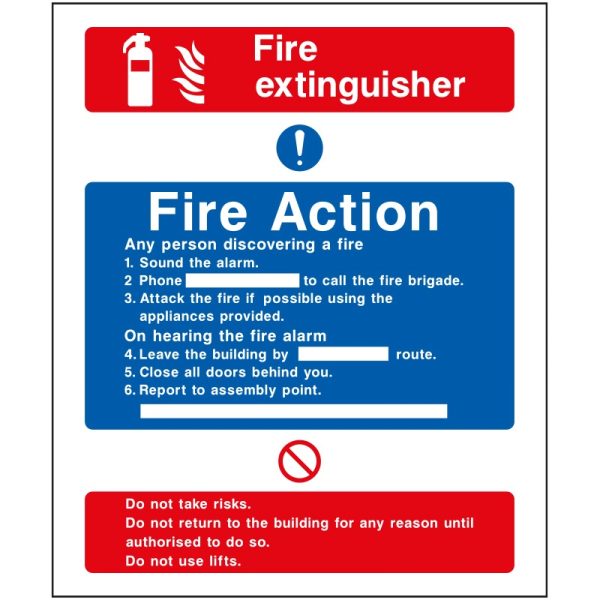
Fire Extinguisher Sign and Fire Action Sign Combination
The second category of fire safety signs is the Fire Equipment Signs. These are used to identify the location of fire safety equipment such as fire extinguishers, fire blankets, and hose reels. These signs must be clearly visible and indicate the type of equipment available.
Fire Extinguisher Signs
Fire Extinguisher Signs are used to identify the location of fire extinguishers. These must be placed at eye level and be visible from a distance of at least 10 meters. The signs must also indicate the type of fire extinguisher available and the type of fire it can be used on.
Fire Blanket Signs
Fire Blanket Signs are used to identify the location of fire blankets. These signs must be placed at eye level and be visible from a distance of at least 5 meters.
Hose Reel Signs
Hose Reel Signs are used to identify the location of hose reels. These signs must be placed at eye level and be visible from a distance of at least 5 meters.
3. Fire Alarm Signage
The third category of fire safety signs is the Fire Alarm Signs. These signs are used to indicate the location of fire alarms and emergency call points. They must be placed in clear view and be illuminated at all times.
Fire Alarm Call Point Signs
Fire Alarm Call Point Signs are used to identify the location of fire alarm call points. These must be placed at eye level and be visible from a distance of at least 5 meters.
They are used to indicate the location of fire alarm sounders. These are crucial in quickly identifying the source of the fire alarm and guiding individuals to safety.
In the United Kingdom, fire alarm sounder signs must be rectangular or square in shape and colored white or a pale color. The symbol for the fire alarm sounder should be displayed in red, with a black background.
These must be prominently displayed above the fire alarm sounder at the height of between two and four meters from the ground. The sign should also be visible from any direction that individuals may approach from.
It is important to note that fire alarm sounder signs should not be used to indicate the location of fire alarm call points. Fire alarm call points have their own specific signage, which is covered in another category of fire safety signs.
In addition to the standard fire alarm sounder sign, there are also variants available which include additional information, such as the specific type of alarm sound or the instruction to “test weekly”. These signs can be useful in ensuring that fire alarms are regularly tested and maintained. Overall, these are a crucial part of fire safety signage in the United Kingdom, helping to quickly identify the location of fire alarms and ensure the safety of individuals in the event of a fire.
Fire Alarm Sounder Signs
These are used to identify the location of fire alarm sounders. These signs must be placed at eye level and be visible from a distance of at least 5 meters.
Fire alarm sounder signs are used to indicate the location of fire alarm sounders. These signs are crucial in quickly identifying the source of the alarm and guiding individuals to safety.
In the United Kingdom, you should use rectangular or square in shape and coloured white or a pale colour. The symbol for the fire alarm sounder should be displayed in red, with a black background.
These fire signs must be prominently displayed above the fire alarm sounder at a height of between two and four meters from the ground. They should also be visible from any direction that individuals may approach.
It is important to note that fire alarm sounder signs should not be used to indicate the location of alarm call points. Alarm call points have their own specific signage, which is covered in another category of fire safety signs.
In addition to the standard fire alarm sounder sign, there are also variants available which include additional information, such as the specific type of alarm sound or the instruction to “test weekly”. These can be useful in ensuring that fire alarms are regularly tested and maintained.
Overall, fire alarm sounder signs are a crucial part of fire safety signage in the United Kingdom, helping to quickly identify the location of fire alarms and ensure the safety of individuals in the event of a fire.
Fire Alarm Strobe Signage
They are used to identify the location of fire alarm strobes. These are used to indicate the location of a fire alarm sounder that is not immediately visible, such as in a noisy environment. These signs feature a flashing strobe light that helps to draw attention to the fire alarm.
According to British Standards (BS) 5499-4:2013, fire alarm strobe signage should have a blue rectangular shape with a white pictogram of a bell accompanied by the word “FIRE ALARM” in bold white letters. They should be placed directly above or below the fire alarm sounder to ensure maximum visibility.
Alarm strobe warnings are crucial in environments where individuals may not hear the sound of a fire alarm due to hearing impairments or the presence of high levels of noise. These are not only assist in alerting individuals to the presence of a fire but also provide additional information to help them locate the fire alarm sounder.
It is important to note that fire alarm strobe signs should not be used as a substitute for an audible alarm. Rather, they should be used in conjunction with an audible fire alarm to ensure maximum safety in the event of a fire.
Fire Action Signs
They provide instructions on what to do in case of a fire emergency. These must be displayed in a prominent location, such as near fire alarm pull stations, and should be clearly visible and unobstructed.
All fire signage should be in accordance with BS 5499-10 and be red and white in colour. The sign should include clear and concise instructions on what to do in case of a fire, including how to raise the alarm, how to evacuate the building, and who to contact in case of an emergency.
Fire Equipment Signage
These are used to identify and locate fire-fighting equipment, such as fire extinguishers, hose reels, and fire blankets. These signs should be placed in prominent locations that are easily visible and accessible.
Fire signage should conform to BS 5499-5 and be red and white in colour. The sign should display a pictogram indicating the type of fire equipment present, such as a fire extinguisher or fire blanket. These signs should also indicate the location of the equipment, either through text or arrows.
In summary, fire signs play a crucial role in ensuring the safety of individuals in the event of an emergency. It is important to understand the different categories and their meanings, as well as where and how to display them. By adhering to UK legislation and standards, you can ensure that your fire signs are effective and compliant with the law. Remember, the safety of your employees, customers, and visitors should always be your top priority.
Headlines from our blog;
What are the mandatory signs in construction?
